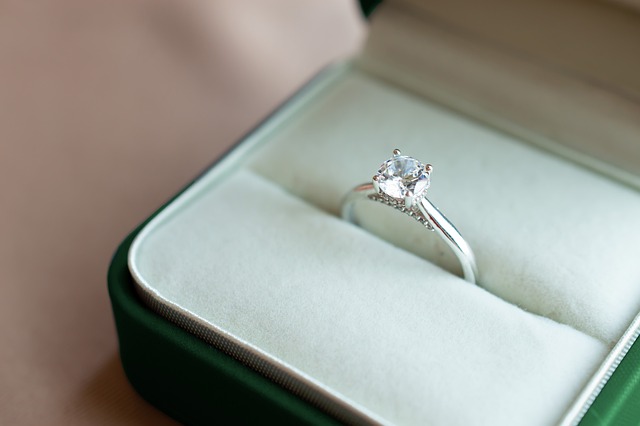Decoration has, of course, never been the only purpose of the ring. It has long served as a means to express power, love, and status, especially when it comes to women’s jewelry. Tracing the history and development of the ring for women tells a story not only of cultural relevance but also of artistic progress and utterly timeless beauty.
Ancient Origins
The oldest rings date back to Egypt in 3000 BCE, when rings made of bone, ivory, and leather were in high fashion. Gold and silver-banded rings, sometimes inlaid with precious stones, symbolized eternity and a step into the afterlife in the same society.
Later, the Greeks and Romans made them a staple of the culture. However, the signet ring was particularly popular, as it was used to stamp documents and often signified authority and status.
The Middle Ages and Renaissance
By the Middle Ages, rings for women were even more significant and common. Often, they were decorated with amulets and functioned as talismans for protection. In the Renaissance, rings became increasingly ornate, with more intricate engravings and settings.
The diamond ring also started to appear at this time. One of the first recorded uses of a diamond ring in an engagement was in 1477 when Archduke Maximilian of Austria proposed to Mary of Burgundy with a diamond ring. Who knew it would be a trend that would stick.
The Victorian and Edwardian Eras
Jewelry in the Victorian era (1837-1901) was very sentimental. Women’s rings often had floral, heart-shaped, or scrolled designs with engraved messages. The period also saw a rise in the popularity of mourning rings – jewelry in remembrance of someone who had died. The trend largely continued in the Edwardian era (1901-1910) but with a lighter and more delicate design made of platinum and set with diamonds and varying gemstones.
The Art Deco Movement
Rings designed for women in the 1920s and ’30s – known as the Art Deco period – grew to be larger, bolder, and more geometric, with chunky, brightly colored gemstones and intricate engravings. Diamond rings blossomed in popularity during these decades, enhanced by advances in diamond cuttings that introduced contemporary flair to the faceted shape of diamonds.
Mid-20th Century to Modern Day
As the century progressed, tastes became simpler and more minimalist in the decades after the Second World War. But during the latter half of the century, diamond rings began once again to soar in popularity, bolstered by De Beers’s ‘A Diamond is Forever’ advertising campaign in 1947. From then on, the diamond ring has always been and forever cemented in (western) culture as the definitive symbol of eternal love and commitment.
Contemporary Trends and Innovations in Women’s Rings
Today, women’s ring designs are offered in a broader range of styles, materials, and designs than ever before. Diamond rings for women still represent an item highly prized for engagement and other special occasions, but there is an increasing demand for custom-made and ethically sourced jewelry, especially among younger and more price-conscious target markets of jewelry entrepreneurs.
New designs and materials and the latest production techniques are now offered to match the preferences of a diverse consumer base.
Conclusion: The Ever-Evolving Story of Women’s Rings
The history and evolution of rings for women shows that they have kept their power and attraction through the ages, from ancient representations of power and eternity to modern romantic ways of expressing love and individuality. With or without diamonds or another precious stone, rings for women will continue to captivate and inspire.

